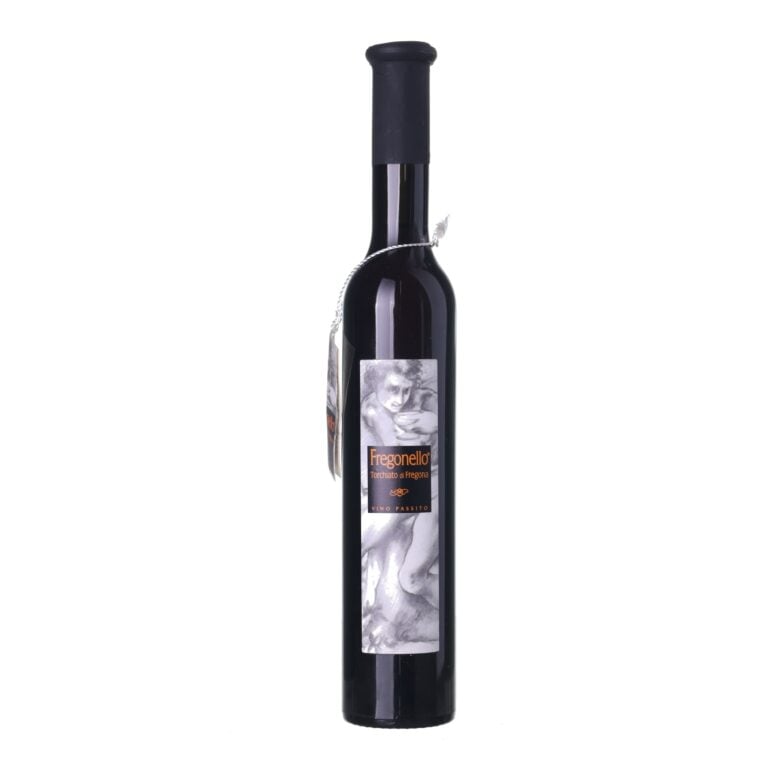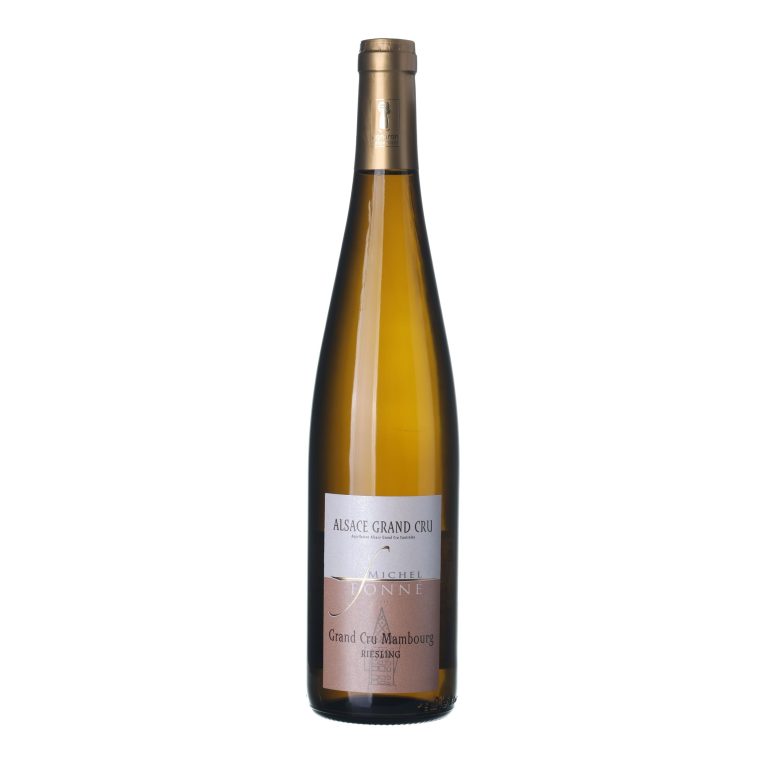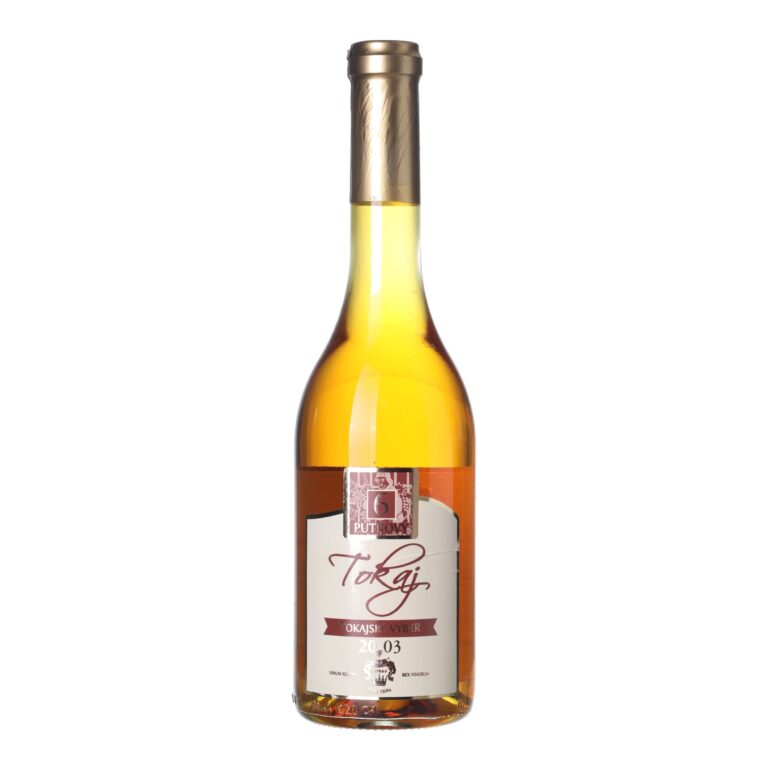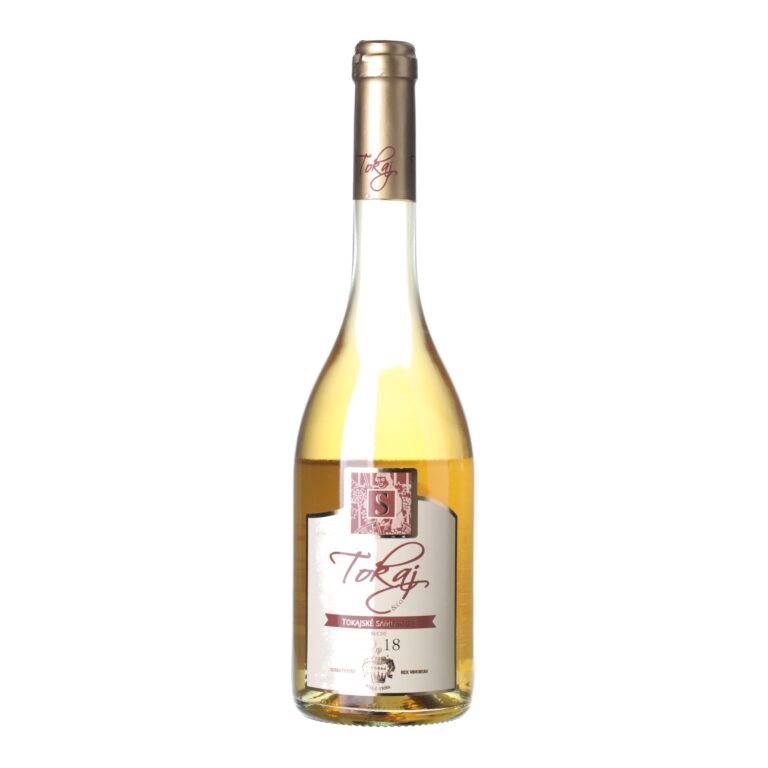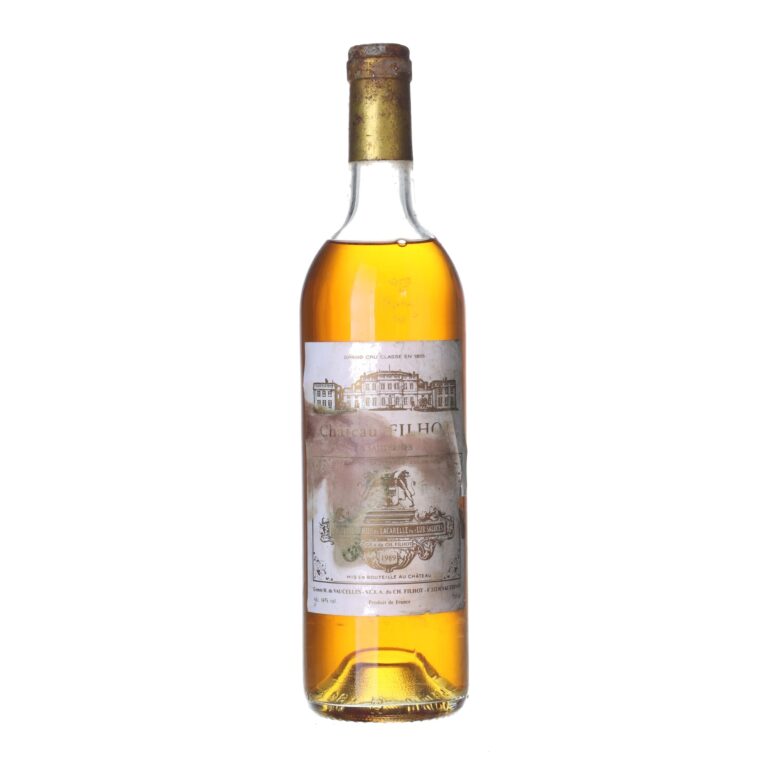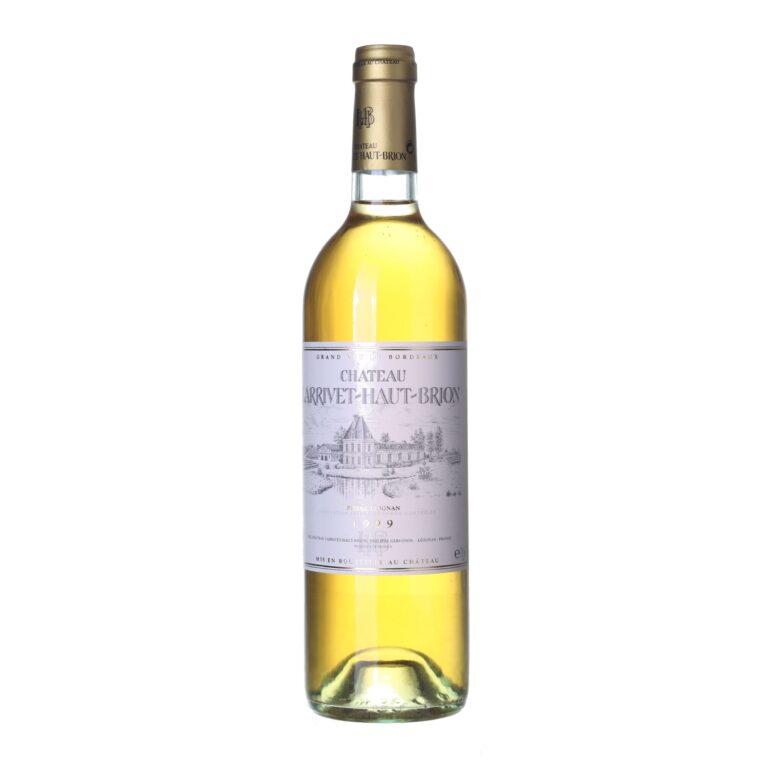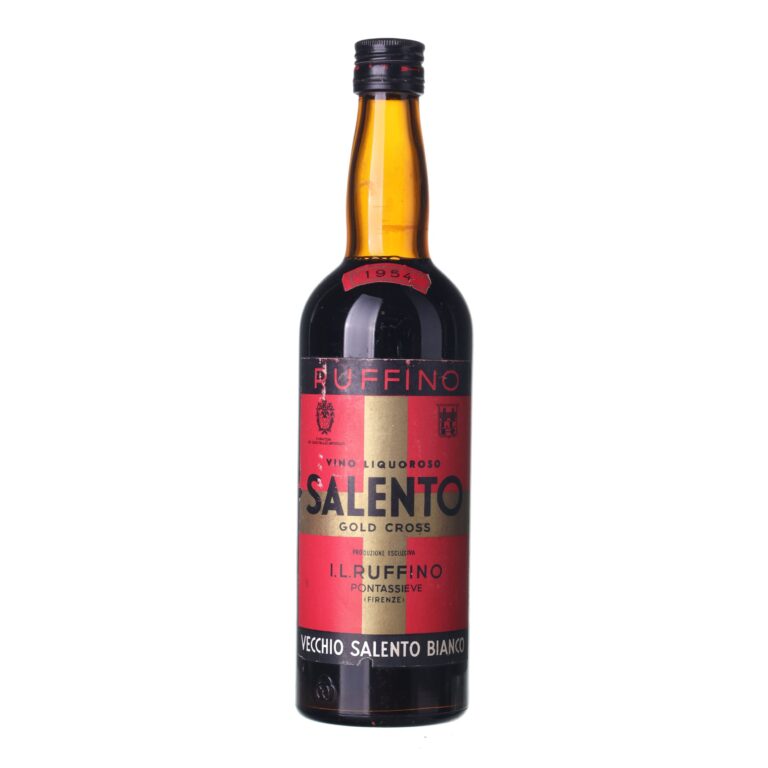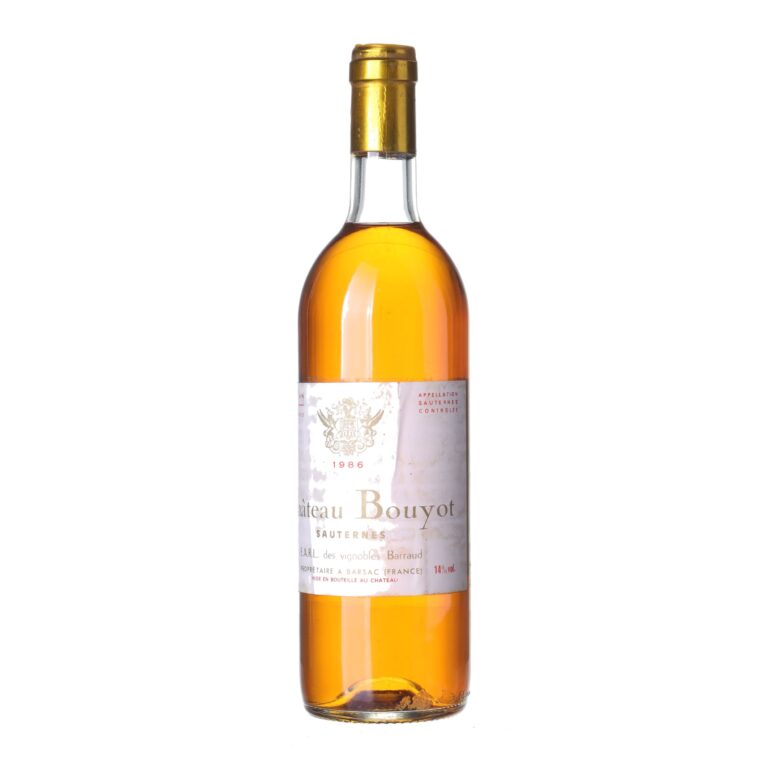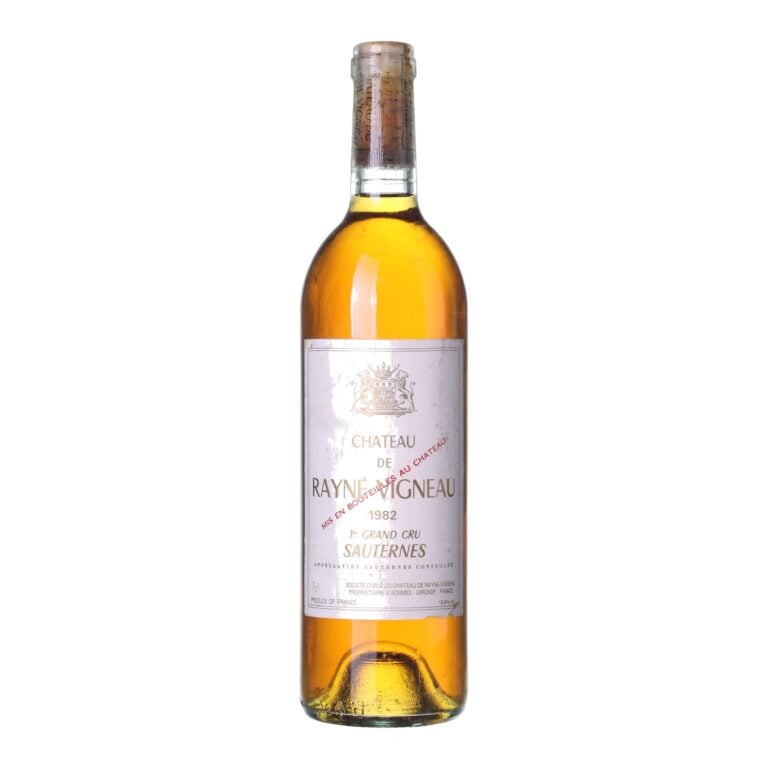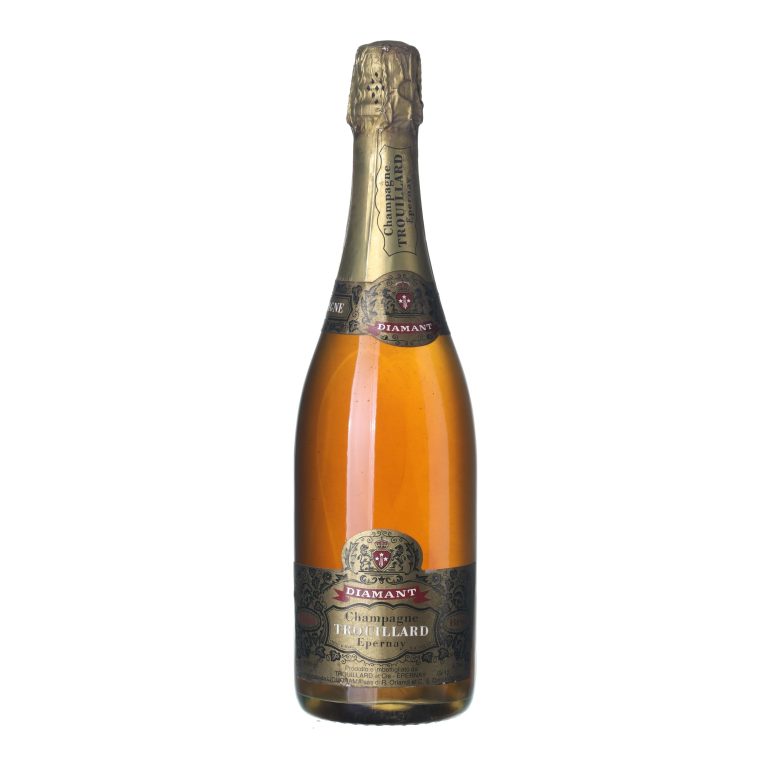What temperature is right for serving wine?
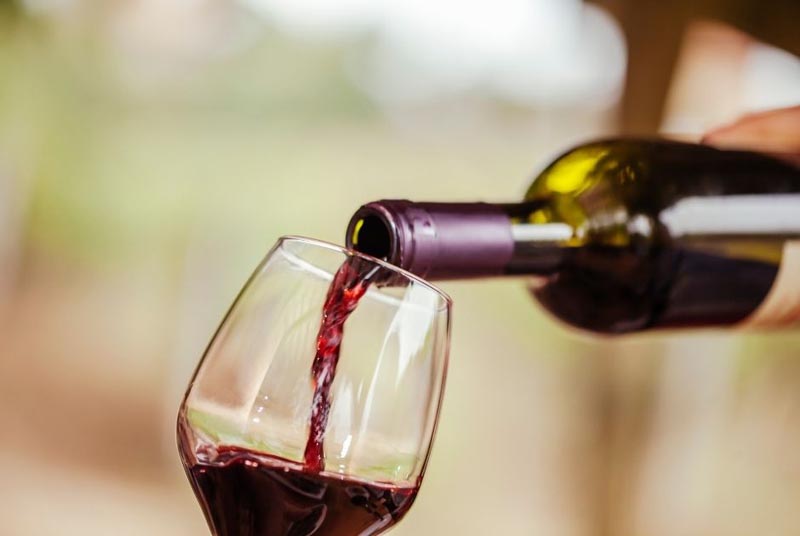
You’ve probably heard that some types of wines should be served chilled. Why is this the case, what are the recommended temperatures for serving red and white wines, and how should you achieve the correct temperatures in household conditions? Read about it in today’s article, where we’ll explain everything.
The correct temperature has a fundamental effect on the impression a wine makes
Why should you pay close attention to the correct serving temperature for wines? Serving temperature is the most frequently cited factor that influences the perceived properties and the quality of wines – especially their taste and aroma. People have the ability of recognizing temperatures in wine thanks to the thermal sensitivity that’s especially well-developed in the lips and on the tips of the tongue If a wine has a temperature of 6 °C or less, the lingual papillae are numbed. In other words: you won’t be able to enjoy over-chilled wine. However, when wine is too warm the taste of alcohol starts to predominate over other flavors.
In short, selecting the correct temperature will ensure that you and your guests will appreciate all the individual qualities of the wine being served.
Tip: Choosing the correct glasses also significant affects how much you’ll enjoy a wine. Explore our article on which glasses go with various kinds of wine.
Room temperature isn’t optimal for red wine
You’re probably familiar with the basic advice that red wines are supposed to be served at a higher temperature than white ones. Why is that, you ask? Red wine has a fairly high molecular weight. In practice, this means that a higher temperature helps the aromas evaporate into the air. The proper temperature is a condition for a full-bodied, mature red wine to release its tones of spice and wood in particular.
The temperature at which it’s suitable to serve red wine can vary according to the variety of grapes and the wine’s age. Some winemakers provide a recommended temperature right on their labels.
In general, it can be said that lighter red wines do well at temperatures between 12–15 °C. By contrast, older, sweeter, or heavier wines require a temperature of 15–18 °C.
An interesting fact: Wondering where the misconception about serving red wine at “room temperature” came from, when the room temperature in most households today is about 21 °C? This recommendation came from the past, when red wine really was served at room temperature – in the halls of castles.
What about the optimal temperature for white wine? It depends on the type
Just like with red wine, you also have to be guided by the variety, residual sugar, quality, and age of white wines. It’s simply impossible to establish a single universal temperature for all whites. Particularly with older, more delicate wines, a higher serving temperature helps bring their aroma and taste. A lower serving temperature is then a basic condition for manifesting the fresh, fruity characteristics of the wine.
What have we learned from this? Chill sweeter white wines to a temperature between 8–12 °C, and serve the drier ones at a temperature of 9–12 °C.
When it sparkles in the glass: serving temperatures for Champagne wines
Now you won’t be surprised that even in the case of sparkling wine you need the right temperature to ensure the correct perception of its taste properties. In addition, another element which depends on temperature enters the picture: the intensity and duration of its effervescence. Higher temperatures result in the release of carbon dioxide. However, lower temperatures make it possible to preserve the carbon dioxide in the wine – the bubbles will make lovely chains in the glass for longer.
Serve your temperature at a temperature of 6–8 °C. But the older the bottle of Champagne you have, the higher the temperature for serving it. You can even serve very old Champagne wines at 14 °C.
Wine temperature can also depend on other factors
Just to keep things complicated, the season when you’re serving the wine and the dish it’s paired with also come into play. Some experts recommend serving wine 1–2 °C cooler in summer, and 1–2 °C warmer in winter.
Wines can also be chilled more if they’re served as aperitifs.
Wines served at 20 °C go with warmer dishes, and colder wines go with cheeses. And, for example, you can serve Champagne at 11 °C if you’re serving it with fish or poultry.
You’ll manage the right wine temperatures at home – like a pro
The absolute best way to chill wine is by using a container filled with ice that you immerse the bottle in. First, chill the wine upside down – the temperature in the narrow part of the bottle will decrease faster. Then, during the cooling process, turn the bottle over several times. If you’re in a hurry to get the wine chilled, you can speed the process up by turning the bottle around in the container. This puts the warmer liquid in contact with the cooler sides. In a real emergency, you can also cool your bottle in the fridge – it won’t harm the wine.
Tip: If you need to raise the temperature of a wine, use a container with warm water. Forget right away about boiling water or the microwave. Wine has to be tempered as slowly as possible – quick changes in temperature are very bad for it.
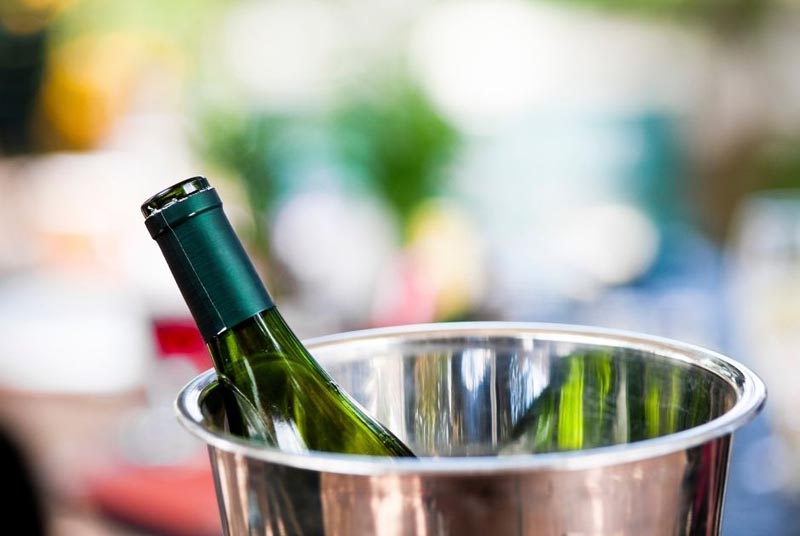
Wine warms up to an ambient temperature fairly quickly in a glass. Therefore, cool it to 1–2 °C lower than the suggested serving temperature.
Keep in mind that in the case of vintage wines, care for the bottle for the entire period before it’s opened is crucial. In order to get the most out of a bottle of fine wine, study our article on storing vintage wines.
Interested in more information on how to serve wine properly, from opening the bottle all the way to its serving? Then don’t forget to try out your newly-acquired knowledge with one of the luxurious wines from our selection.
We’ll conclude this article with a few appropriate words from Honoré de Balzac: “A man should understand the color of wine, a man should understand all kinds of flavors of wine, but above all else, a man must understand the correct temperature of wine.”
Select wines. In your email.
once every month. You can look forward to our recommendations, interesting content, and great offers for your archive for your archive.
By sending an email you agree to the Terms and Conditions for Protection of Personal Data


